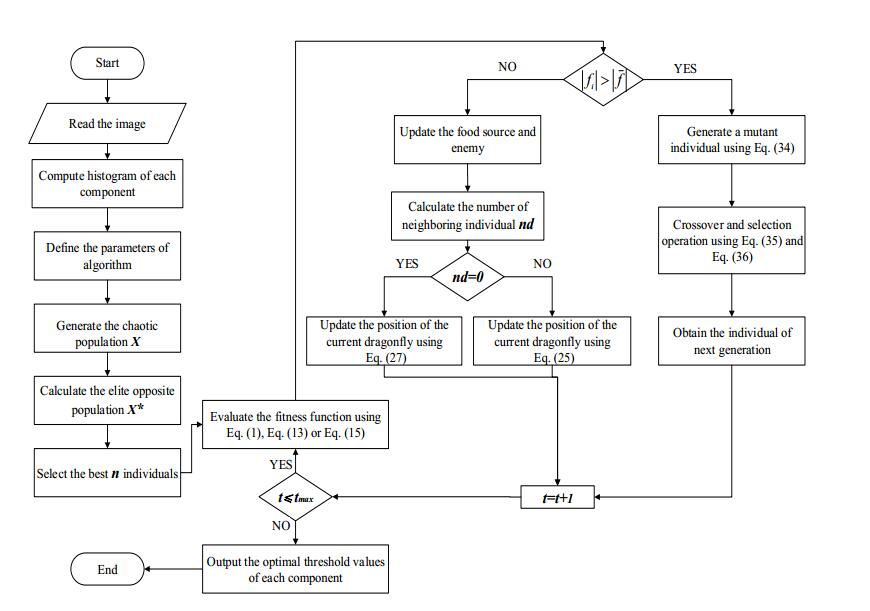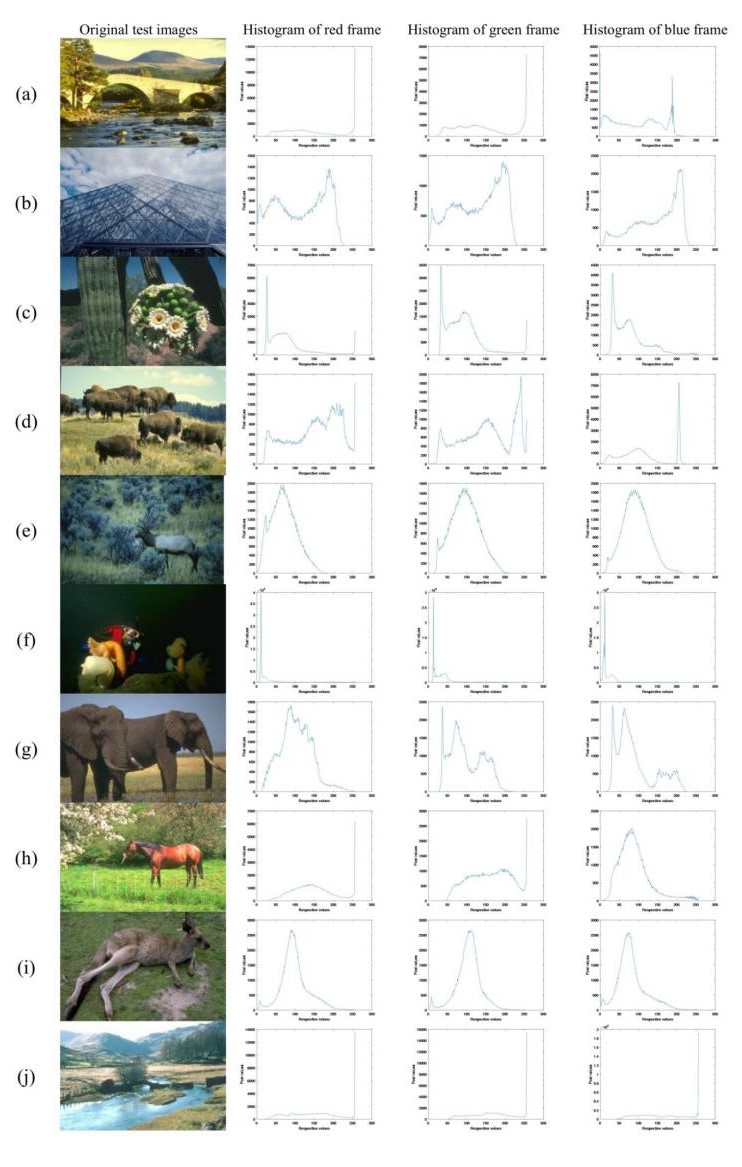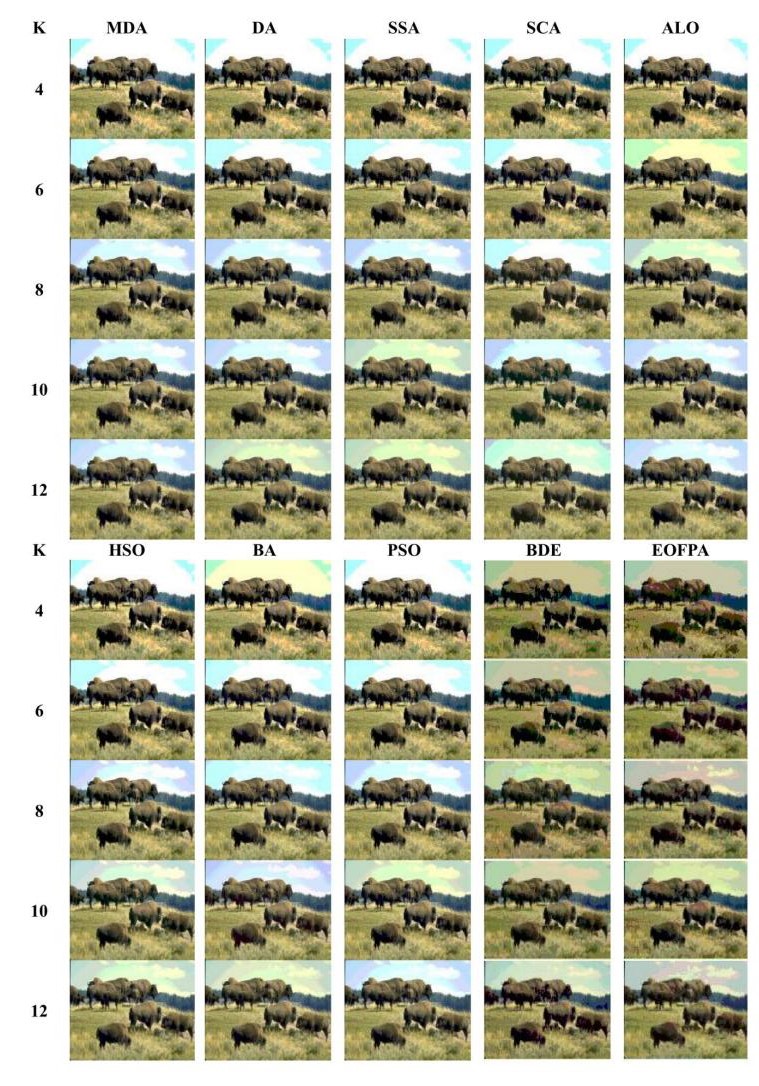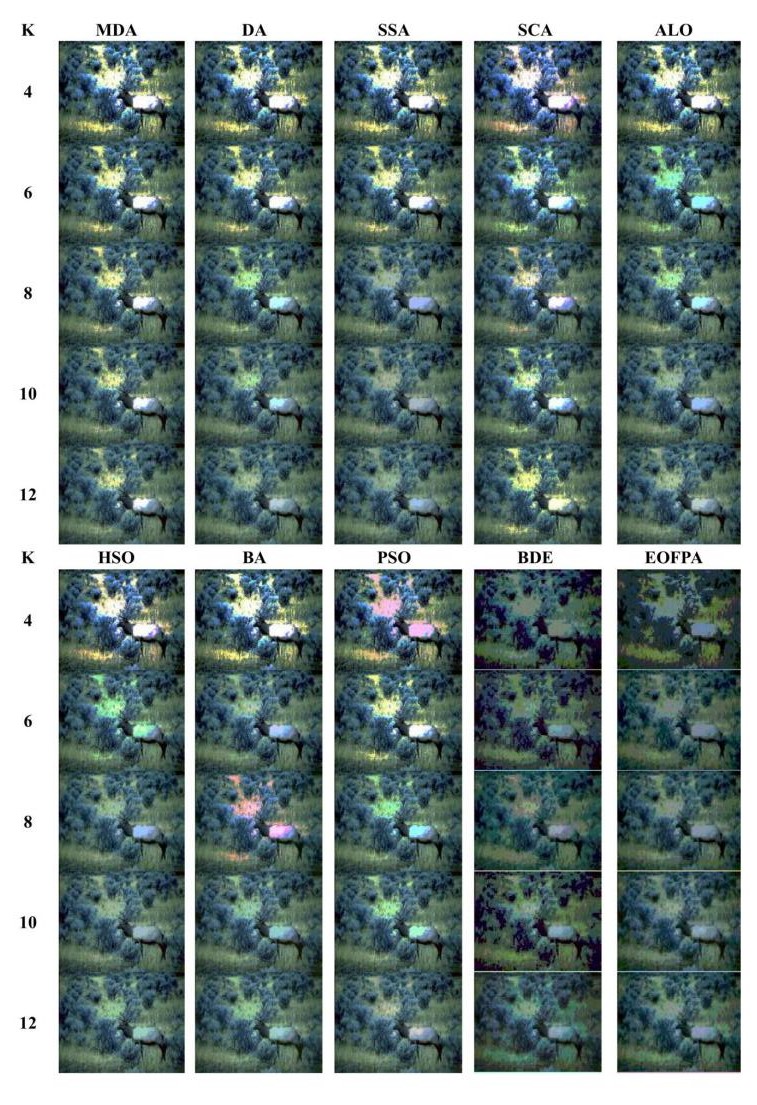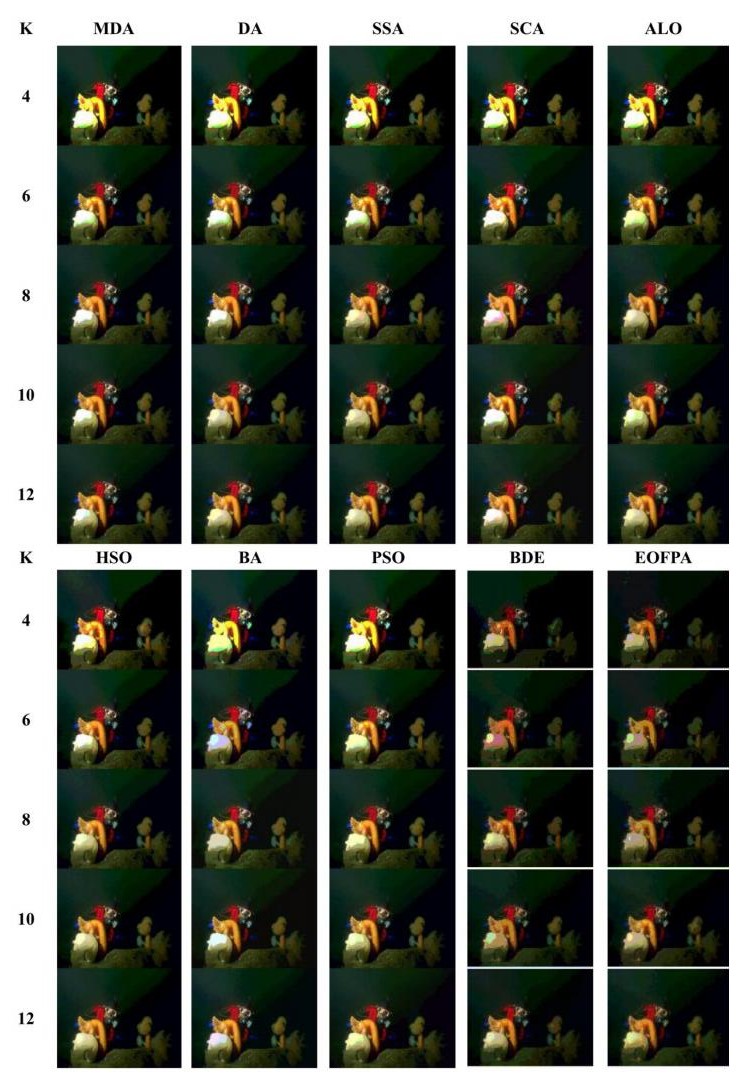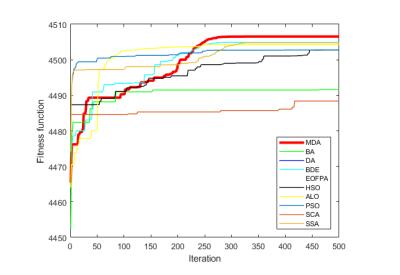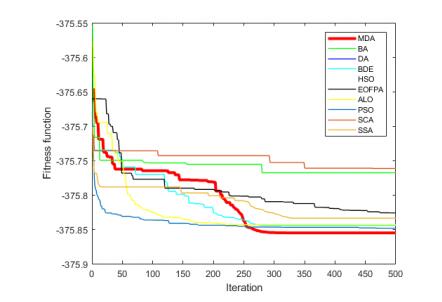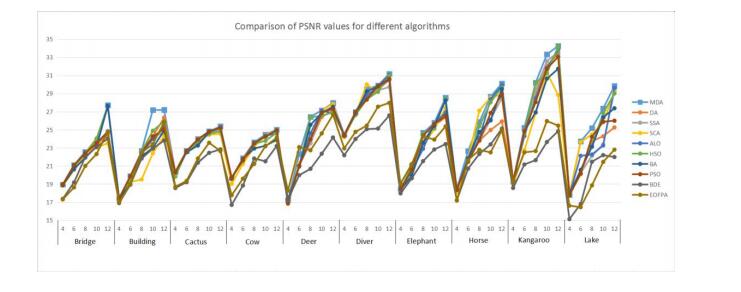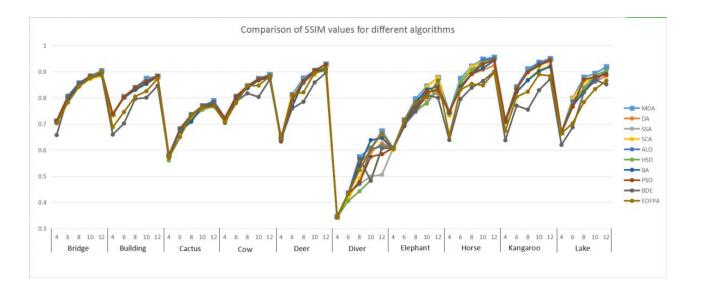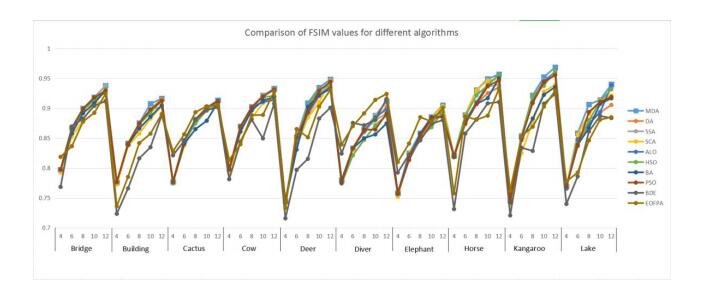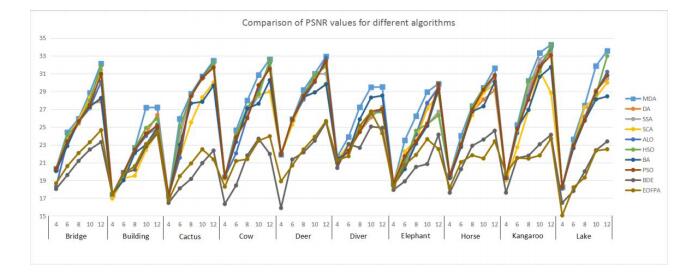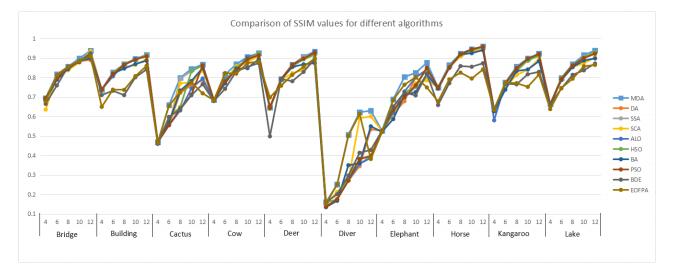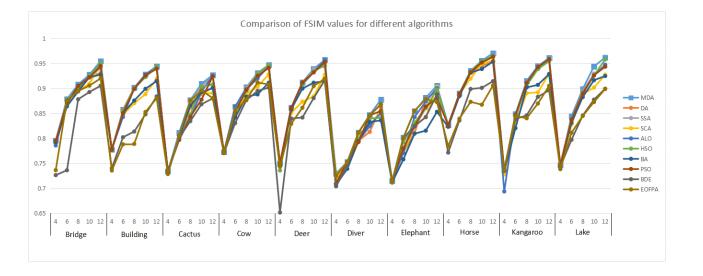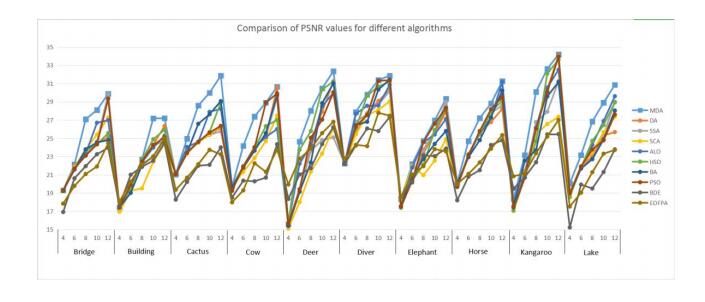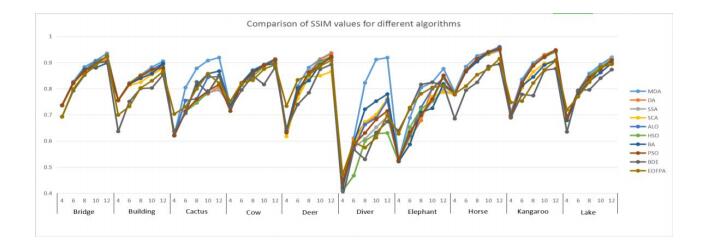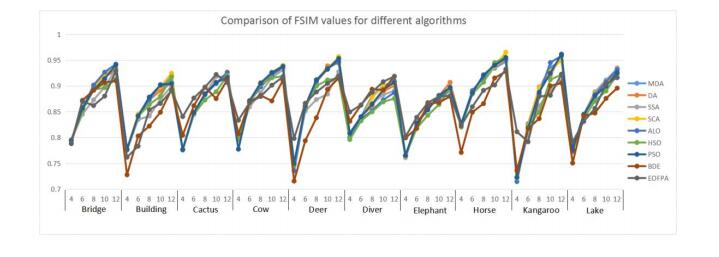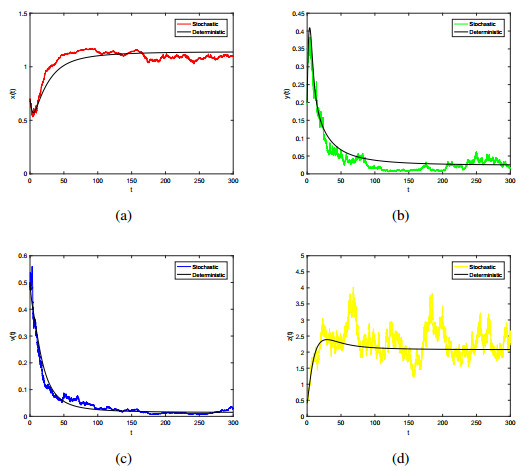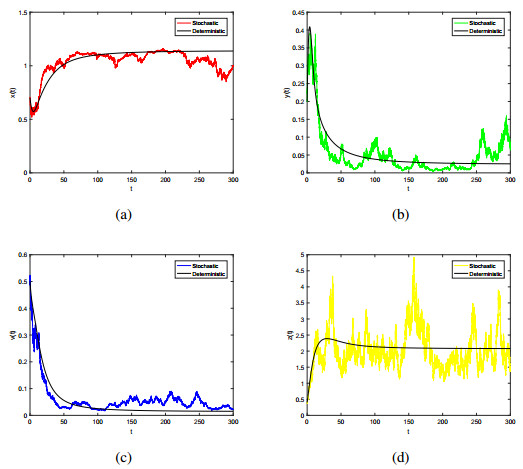In this paper, considering the proven role of exosomes and the inevitable randomization within-host, we establish a hepatitis B virus (HBV) model with cell-to-cell transmission and CTL immune response from a deterministic framework to a stochastic differential equation (SDE). By introducing the reproduction number R0, we prove that R0 can be used to govern the stochastic dynamics of the SDE HBV model. Under certain assumptions, if R0≤1, the solution of the SDE model always fluctuates around the infection-free equilibrium of the deterministic model, which indicates that the HBV will eventually disappear almost surely; if R0>1, under extra conditions, the solution of the SDE model fluctuates around endemic equilibrium of the corresponding deterministic model, which leads to the stochastic persistence of the HBV with probability one. One of the most interesting findings is that the fluctuation amplitude is positively related to the intensity of the white noise, which can provide us some useful control strategies to regulate HBV infection dynamics.
1.
Introduction
Image segmentation is a fundamental preprocessing stage in computer vision, and the main goal of which is to partition a given image into several meaningful regions with respect to position, texture, gray level value, etc [1,2]. In the recent decades, many scholars and researchers have done a great deal of work in this field and a number of segmentation techniques have been proposed. Basically, the currently used segmentation techniques can be summarized as three main categories: edge - based method, region-based method, and threshold-based method [3,4,5,6]. Among the available segmentation methods, thresholding technique holds the prime position and becomes popular due to the strong robustness, fast computation speed and high accuracy.
The thresholding method can be broadly classified into bi-level and multilevel depending on the number of thresholds required to be determined. Bi-level thresholding method splits the image into two classes: foreground and background, while the multilevel thresholding method can partition the image into several similar parts based on intensity. Over the years, the multilevel thresholding technique has been used extensively and much work has been done on it. Among the various multilevel thresholding techniques, Kapur's entropy, Minimum cross entropy (MCE), and Otsu method (between-class variance) are the most popular ones, which perform much better than other existing methods [7,8,9]. Kapur's entropy method maximizes the histogram entropy of segmented classes to obtain the optimal threshold values. MCE method minimizes the cross entropy between the original classes and the segmented classes. Otsu method maximizes the between class variance of segmented classes and it has been widely used to solve image segmentation problems. When the number of thresholds is small, the performance of these segmentation techniques is satisfied. However, when the number of thresholds increases, the computational complexity will result in exponential growth since they search the solution space exhaustively to obtain the optimal thresholds.
Therefore, to avoid above weakness, a number of swarm intelligence (SI) techniques have been used extensively and combined with various thresholding methods, such as particle swarm optimization (PSO), genetic algorithm (GA), harmony search optimization (HSO), bat algorithm (BA), ant colony optimization (ACO), etc [10]. For example, Abdul et al. proposed a technique based on grey wolf optimization (GWO) and its combination with Kapur's entropy and Otsu method for image segmentation [11]. Also, Cuevas et al developed and evaluated a multilevel image thresholding method based on DE in 2010 [12]. Genyun Sun et al. utilized a novel hybrid algorithm of gravitational search algorithm (GSA) with GA for multi-level thresholding [13]. The experimental results indicate that GSA-GA has superior or comparative segmentation performance. In favor of satellite image segmentation, Bhandari et al. presented two multi-level thresholding techniques based on cuckoo search (CS) algorithm and wind driven optimization (WDO) using Kapur's entropy [14]. Moreover, Madhubanti and Amitava proposed a bacterial foraging optimization (BFO) based multilevel thresholding technique for magnetic resonance brain image segmentation [15]. They employed BFO to maximize the Kapur's function values. Furthermore, there are many other swarm intelligence algorithms and their modified algorithms, that were utilized for multilevel thresholding including: social spiders optimization (SSO) [16], hybrid differential evolution algorithm [17], modified bacterial foraging (MBF)
[18], Patch-Levy-based bees algorithm (PLBA) [19], teaching-learning-based optimization (TLBO) [20], krill herd optimization (KHO) [21] and Lévy flight guided firefly algorithm (LFA) [22]. However, most of these techniques may get stuck in local optimal and the stability of them becomes poor when the number of thresholds is high due to several factors [23]. For instance, generating an inappropriate initial population will affect the convergence performance of proposed algorithm. Besides, the accuracy of solution may be influenced by the transformation of exploration and exploration phases.
In order to overcome the drawbacks above and obtain an efficient method for color image segmentation, MDA based color image segmentation using Kapur's entropy, MCE method and Otsu method is proposed in this paper. The initial and the updating phases of standard DA have been improved through the techniques as follows [24]. In the initial phase of standard DA, the chaotic maps and the EOBL strategy are adopted to enhance the randomness of initial population. Moreover, a hybrid algorithm of dragonfly algorithm and differential evolution is utilized to balance the exploration and exploitation of algorithm for updating phase. In this paper, the performance of the proposed method is validated on ten test color images and the experimental results indicate the appropriate performance of MDA based method over other multilevel thresholding methods. Additionally, several performance evaluation measures such as arithmetic mean (AM), standard deviation (STD), peak signal to noise ratio (PSNR), structural similarity index (SSIM) and feature similarity index (FSIM) are included for quantitative analysis. Besides, a non-parametric Wilcoxon's rank sum test has also been conducted in the paper for statistical analysis [25].
Detailed discussion in regard to the theory and realization of the MDA based method is given in the following sections. In Section 2, the general description of multilevel thresholding methods is introduced. The standard dragonfly algorithm is reviewed in Section 3. In Section 4, the proposed MDA based multilevel thresholding method is introduced in details. The environmental experiment of the proposed method is described in Section 5 and a comprehensive set of experimental results and comparison of other existing methods are provided in Section 6. Finally, the relevant conclusions and the future research directions are drawn in Section 7.
2.
Multilevel thresholding
The image threshold method can be summarized as two categories: bi-level thresholding method and multilevel thresholding method. Bi-level thresholding method involves one threshold value which partitions the image into two classes: foreground and background, however if the image is quite complex and contains various objects, the bi-level thresholding method is not very effective [11]. Therefore, multilevel thresholding method is used extensively for image segmentation [26,27,28,29,30,31]. A brief formulation of three techniques is given in the following subsections. In addition, the RGB images has three basic color components of red, green and blue, so these thresholding techniques are executed three times to determine the optimal threshold values of each color component [32].
2.1. Kapur's entropy
Kapur's method is also an unsupervised automatic thresholding technique, which selects the optimum thresholds based on the entropy of segmented classes [8]. Assuming that [th1,th2,...,thn] represents the threshold values which divided the image into various classes. Then the object function of Kapur's method can be defined as:
Where
H0, H1, …, Hn denote the entropies of distinct classes. ω0, ω1, …, ωn are the probability of each class. In order to obtain the optimal threshold values, the fitness function in Eq. (1) is maximized.
2.2. Minimum cross entropy
Minimum cross entropy (MCE) method finds the optimal threshold values based on minimizing the cross entropy between the original image and the segmented image [9]. MCE method can be defined as minimizing the following objective function:
where
M0, M1, …, Mn represent the cross entropies of distinct classes. ω0, ω1, …, ωn are the probability of each class. MG is a constant. Thus, the objective function in Eq. (6) can be rewritten as:
Let m0=∑b−1j=apj and m1=∑b−1j=ajpj, then
The MCE method search the optimal threshold values by minimizing the objective function in Eq. (13).
2.3. Otsu method
Otsu method (between-class variance) is a non-parametric thresholding technique, which selects the optimum thresholds based on the between-class variance of segmented classes [7]. Let L represents the number of gray levels in a given image and [th1,th2,...,thn] denotes the threshold values which are selected to partition the image into various classes. Then the objective function of Otsu method can be defined as:
Where
μT denotes the mean intensity for whole image, μT=L−1∑j=0jpj=ω0μ0+ω1μ1+...+ωnμn
And Eq. (15) is maximized to obtain the optimal threshold values.
As we know, the computational complexity of these three thresholding techniques above will result in exponential growth as the number of thresholds increase. Under such circumstance, Kapur's entropy, MCE and Otsu method are not very effective for multilevel thresholding. Therefore, MDA is proposed to improve the accuracy and computation speed of thresholding techniques. The ultimate goal of proposed method is to determine the optimal threshold values by optimizing (either maximizing or minimizing) the objective function given in Eq. (1), Eq. (13), and Eq. (15).
3.
Dragonfly algorithm
Dragonfly algorithm is inspired by the static and dynamic behaviors of dragonflies in nature. It is firstly proposed by Mirjalili to solve the problem of submarine propeller optimization [24]. In the static swarm, dragonflies create sub-swarms and fly over small areas to hunt the preys. This static behavior represents the exploitation phase of optimization. In the dynamic swarm, however, a mass of dragonflies make the group for migrating in one direction, which represents the exploration phase of optimization. Moreover, five factors are designed to simulate the behaviors of dragonflies, namely separation (S), alignment (A), cohesion (C), attraction towards food (F), and distraction outwards enemy (E). The mathematical model of these factors is given as follows:
The separation of ith dragonfly individual denoted by Si is given by:
where nd denotes the number of neighbors. xi and xj represent the position of current dragonfly and its neighbor respectively. It's worth noting that if the distance between xi and xj is less than the preset value, then xj is a neighbor of xi. And the preset value will increase with the number of iterations.
The alignment of ith dragonfly individual denoted by Si is determined as follows:
where vj is the jth neighboring dragonfly's velocity. Ai shows the velocity consistency of the swarm.
The cohesion of ith dragonfly individual denoted by Ci is computed by:
where xi is the position of ith dragonfly individual. xj is the jth neighboring dragonfly individual's position. nd denotes the number of neighbors.
The food source provides an attraction for ith dragonfly individual denoted by Fi and it can be defined as follows:
where xi shows the position of ith dragonfly individual. xfood represents the position of food source.
The distraction outwards an enemy of ith dragonfly individual denoted by Ei is evaluated by:
where xi is the position of ith dragonfly individual. xenemy shows the position of the enemy. It is worth mentioning that the xfood and xenemy represent the best and worst position respectively which the swarm of dragonflies has searched for so far.
The position vector of ith dragonfly individual during the interval [t,t+1] can be calculated as follows:
where
Δx indicates the direction of the movement of dragonfly individual. s, a, c, f, and e denote the weight for five factors namely separation, alignment, cohesion, food, and enemy respectively. ω represents the inertia weight. t shows the iteration counter.
It is worthy of noting that if there is no neighbor individual, the current dragonfly will fly around the search space using a random walk (Levy's flight) to improve the performance of algorithm. Under such circumstance, the position of ith dragonfly individual is updated by the equation as follows:
Where
r1 and r2 are two random numbers in the range of [0,1]. β is a constant. Pseudo code of dragonfly algorithm based multilevel thresholding has been given in Figure 1.
4.
Proposed method
In this section, we give a detailed introduction of the MDA based method that will be used to obtain the optimal threshold values for image segmentation. The chaotic maps and the elite opposition-based learning (EOBL) strategy are utilized to improve the randomness of initial population. Then, a hybrid algorithm of DA and DE is used to balance the two essential phases of optimization, namely exploration and exploitation [33,34,35,36,37]. Besides, the flowchart of MDA for finding the optimal threshold values is shown in Figure 2.
4.1. Initial phase
In this phase, the initial population is generated by an efficient method that combines the chaotic maps and the EOBL strategy [23]. A brief explanation of these two techniques is given in the subsections below.
4.1.1. Chaotic maps
In the standard DA, the initialization of dragonflies is generated randomly. The chaotic maps can explore the search space more efficient than the existing random generators based on probabilities, on account of their special properties including ergodicity, unpredictability, and non-repetition. Therefore, the logistic map is adopted to generate the initial population in this paper with the purpose of improving the diversity of dragonflies. Mathematical definition of the logistic map is as follows:
where μ is the growth rate parameter, μ∈[0,4]. xn represents the value obtained at nth step, xn∈[0,1].
4.1.2. Elite Opposition-based learning strategy
For a feasible solution, calculate the current solution and evaluate its opposite solution at the same time, then select the better solution as the next generation individual [34]. It is quite clear that this greedy selection method can guarantee the prominent acceleration in convergence as well as reducing the possibility of trapping into local optimal. The EOBL strategy can be summarized as follows:
where Dim is the number of dimensions. xj∈(aj,bj),aj and bj denote the lower bound and the upper bound of the given search space respectively. k is a generalized coefficient uniformly distributed in the interval of [0, 1]. daj and dbj are the dynamic lower bound and the dynamic upper bound of the jth dimension search space, and are calculated according to Eq. (33). By replacing the fixed bound with the dynamic bound, the opposite solution x∗j can be located in the gradually reduced search space, which promotes faster convergence of the algorithm.
For a problem to be maximized, the opposite solution will be selected if f(x∗j)>f(xj); otherwise, continue with xj for further generation [38,39].
4.2. Updating phase
In this phase, the solution is updated through a novel technique that combines the dragonfly algorithm and differential evolution algorithm. More details of the hybrid algorithm will be discussed in the subsection below.
4.2.1. Differential evolution
Differential evolution (DE) algorithm is a population-based stochastic optimization algorithm for solving optimization problems, which is introduced by Price and Storn [33,40]. Basically, the DE algorithm contains two significant parameters, namely mutation scaling factor denoted by SF and crossover probability denoted by CR. Same as the other meta-heuristic algorithms, several operators have been included in the DE algorithm such as mutation, crossover, and selection operators [40,41,42].
4.2.1.1. Mutation operation
The mutation operation of DE algorithm is defined as follows:
where mg+1i represents the mutant individual in the (g+1)th generation. xgr1, xgr2, and xgr3 are different individuals from the population. In other words, r1, r2, and r3 cannot be equal. SF is a constant that indicates the mutation scaling factor.
4.2.1.2. Crossover operation
In the process of crossover, the trial individual cg+1i is selected from the current individual xgi or the mutant individual mg+1i on account of enhancing the diversity of population[43,44]. The crossover operation of DE algorithm is described as:
where rand represents a random value which is in the range [0,1]. CR is a constant that shows the crossover probability.
4.2.1.3. Selection operation
After the process of selection, the individual of next generation xg+1i is selected according to the comparison of fitness value between the trail individual cg+1i and the target individual xgi. For a problem to be minimized, the selection operation of DE algorithm can be summarized as follows:
where f denotes the fitness function value of a given problem.
4.2.2. Hybrid algorithm of DA and DE
In order to improve the exploration and exploitation performance of the proposed algorithm, the hybrid algorithm between the DA and the DE is utilized. On the one hand, the DA algorithm has a satisfied capability of avoiding convergence to the local optimum, thus it is served as global search technique. On the other hand, the DE algorithm is adopted as local search technique, which can increase the precision of solutions.
As we know, the fitness value of current solution indicates its quality. Therefore, we calculate the average fitness value of population in the iterative process to evaluate each particle. All fitness values are presented as absolute values to accommodate Kapur's entropy, MCE and Otsu, threshold techniques. If |fi|>|ˉf|, the DE algorithm will be used to update the solution xgi using Eq. (34) to Eq. (36). However, if |fi|⩽|ˉf|, then the current solution will be updated using Eq. (25) or Eq. (27).
5.
Experimental environment
5.1. Experimental setup
In order to verify the performance of proposed algorithm, ten color images from Berkley segmentation data set are used. The test images namely Bridge, Building, Cactus, Cow, Deer, Diver, Elephant, Horse, Kangaroo, Lake and their corresponding histograms for each of the color channels (Red, Green, and Blue) are shown in Figure 3. All test images aresize. Moreover, all the experimental series are carried out through simulations in MATLAB R2017a on a computer with the following configuration: Intel(R) Core(TM) i5-8250U CPU @ 1.60GHz and 8GB RAM with Microsoft Windows 10 system (64bit).
5.2. Comparative algorithms
Performance of the proposed algorithm is compared with nine other swarm algorithms that are used extensively. These algorithms are:
1. Dragonfly Algorithm (DA): simulates the static and dynamic behaviors of dragonflies to find an optimal solution [24].
2. Salp Swarm Algorithm (SSA): mimics the original behavior of salp chain for finding food. And this algorithm is easy to implement because of the only parameter [45].
3. Sine Cosine Algorithm (SCA): the algorithm converges to the optimal solution depending on the oscillatory properties of sine and cosine functions [46,47].
4. Ant Lion Optimization (ALO): emulates the hunting mechanism of antlions which can be divided into five main steps such as the random walk of ants, building traps, entrapment of ants in traps, catching preys, and re - building traps [48,49].
5. Harmony Search Optimization (HSO): simulates the behavior of musicians for adjusting the tune of each instrument with their own memory and reaches a state of harmony eventually [50].
6. Bat Algorithm (BA): Idealizes the characteristics of echolocation process of bats. Each bat adjusts the distance of movement by changing the pulse rate and the volume of sound [51,52].
7. Particle Swarm Optimization (PSO): an intelligent algorithm inspired by the migration of birds. Each bird represents a potential solution to the given problem [53,54].
8. Beta Differential Evolution (BDE): A new beta probability distribution has been used for altering of F and CR parameters that are represented as beta differential evolution [55].
9. Elite Opposition-Flower Pollination Algorithm (EOFPA): Using a greedy strategy, individual with the best fitness value in the population is viewed as the elite individual Basic Flower Pollination Algorithm use Lévy flight in global search process. The probability of obtaining better solution in global search is improved and the search space is expanded [56].
The parametric settings of each algorithm are presented in Table 1.
5.3. Measures of performance
The performance of each algorithm is assessed by the following measures, some of them are used to evaluate the fitness values, and the others are evaluated the quality of segmented images. For the former part, two indices namely arithmetic mean and standard deviation are used and their definitions are as follows:
Arithmetic mean (AM): indicates the center value of sample data and it is defined as:
Standard deviation (STD): a value indicates the dispersion of sample data and it is mathematically represented as:
where nr represents the total number of runs fi represents the fitness value at the ith run
For the latter part, three indices namely PSNR, SSIM, and FSIM are used and their definitions are as follows:
Peak signal to noise ratio (PSNR): an index which is used to evaluate the similarity of the processed image against the original image and it is defined as:
MSE represents the mean squared error and is calculated as:
where I(i,j) and K(i,j) denote the gray level of the original image and the segmented image in the ith row and jth column respectively. M and N denote the number of rows and columns in the image matrix respectively
Structural similarity index (SSIM): a measure of the similarity between the original image and the segmented image, which takes various factors such as brightness, contrast, and structural similarity into account and it is defined as [57]:
Structural similarity index (SSIM): a measure of the similarity between the original image and the segmented image, which takes various factors such as brightness, contrast, and structural similarity into account and it is defined as [57]:
where μx and μy denote the mean intensities of the original image and the segmented image respectively. σ2x and σ2y are the standard deviation of the original image and the segmented image respectively. σxy denotes the covariance between the original image and the segmented image c1 and c2 are constants.
Feature similarity index (FSIM): another measure of the image quality through evaluating the feature similarity between the original image and the segmented image and it is defined as [58,59]:
Where, Ω represents the whole image pixel domain, SL(x) is a similarity score, PCm(x) denotes the phase consistency measure which is defined as:
where PC1(x) and PC2(x) represent the phase consistency of two blocks respectively.
Where
SPC(x) denotes the similarity measure of phase consistency, SG(x) denotes the gradient magnitude of two regions G1(x) and G2(x), α, β, T1 an T2 are all constants.
Moreover, a higher value of the three indices proposed above indicates a better quality of the segmented image. The values of SSIM and FSIM index are in the range.
6.
Results and discussion
This section presents the experimental results of MDA based method and the analysis in terms of accuracy and stability. In order to verity the superiority of proposed MDA method over the other bio-inspired methods, a statistical analysis is also conducted.
6.1. Measures of performance
6.1.1. Hybrid algorithm of DA and DE
The segmented images obtained by all the algorithms using Otsu method, Kapur's entropy, and MCE are presented in Figure 4, Figure 5, and Figure 6 respectively. From the segmented results it is found that visual quality improves as the number of threshold levels is increased and the MDA based method gives higher segmentation performance for most of the considered test images.
There is no guarantee that all methods converge to the same solution each time due to the stochastic nature of meta-heuristic algorithms. Therefore, two indices namely AM and STD are evaluated to analyze the accuracy and stability of all methods. A lower value of STD shows higher stability of the method. Whereas, higher values of AM indicate higher accuracy of the thresholding results. Each algorithm (using Otsu method, Kapur's entropy, and MCE) is run over 100 times to study the effectiveness of MDA. The AM values of fitness functions are given in Tables 2-4. It can be easily seen from these tables that MDA based method obtains higher AM value of fitness function against other methods. Therefore, the proposed technique performs better in terms of segmentation accuracy. The STD values of fitness functions are given in Tables 5-7. It can be observed from these tables that MDA based method obtains lower STD value of the fitness function as compared to other methods in general. This proves that the proposed MDA based method offers better stability and consistency, which is suitable for multilevel segmentation of images. For visual analysis, the convergence curves for fitness function using Otsu method, Kapur's entropy, and MCE are shown in Figures 7-9 (for Levels = 12) for ten test images. It can be seen that MDA based method performs better convergence property than other methods.
In order to study the performance of MDA based method quantitatively, three indices namely PSNR, SSIM, and FSIM are used for all segmented images. Higher values of these indices, better visual similarity between the original image and the segmented image. The optimal PSNR values obtained by all existing methods based on Otsu, Kapur, and MCE are given in Table 8, Table 9, and Table 10 respectively. From the tables it is found that MDA based method gives higher values than other methods in general. For example, the PSNR values in case of Cactus image (for Levels = 12) using MCE are 31.8637, 26.1599, 25.7562, 26.2726, 28.2229, 28.9389, 29.0718, and 26.3566, 23.9993, 23.2377 for MDA, DA, SSA, SCA, ALO, HSO, BA, PSO, BDE, and EOFPA respectively. On comparing the SSIM and FSIM values, which are given in Tables 11-13 and Tables 14-16, the proposed MDA based method has again outperformed the other methods due its precise search ability. It is also seen from the tables above that, the values of these indices increase as the number of threshold levels increase. This indicates the segmentation accuracy improves as the number of threshold levels is increased. For visual analysis, the quantitative results of three indices above through Otsu, Kapur, and MCE method are statistically shown in Figures 10-12, Figures 13-15, and Figures 16-18. It can be seen that the proposed MDA method and other methods have given the similar results with a small number of threshold levels (such as Levels = 4). Whereas, the values obtained by MDA based method are higher than the other existing methods, which indicates the appropriate performance of proposed method.
6.1.2. Statistical analysis
In order to add further analysis to the results given above, a non-parametric Wilcoxon's rank sum test for 30 cases of experiment (10 images through 3 different thresholding approaches) has been conducted, which is performed at significance level 5%. The fitness function values of MDA based method are compared with other existing methods. The null hypothesis considered as there is no significant difference between the two compared methods. h=1 means the null hypothesis can be rejected at 5% significance level. On the other hand, h=0 means the null hypothesis cannot be rejected. p is statistical probability. If a value of p<0.05, it means that there is strong evidence against the null hypothesis. Table 17 gives the p and h values of all cases at 12 threshold levels. From the table it is found that MDA based method gives the satisfied values in general. For example, in the experiment using Otsu method, MDA based method produces better results in 89 out of 90 cases (10 images and 9 compared algorithms) when compared with other existing methods. Besides, in the experiment using Kapur method, MDA based method gives satisfied results in 88 out of 90 cases when compared with other existing methods. Additionally, in the experiment using MCE method, MDA based method gives satisfied results in 88 out of 90 cases when compared with other existing methods. From the experimental results above it is evident that MDA based method not only obtains higher quality segmented images, but also verifies its superior performance in a statistically meaningful way.
6.2. Comparison of Otsu method, Kapur's entropy, and MCE based on MDA algorithm
In order to verify the performance of MDA based method using various thresholding techniques, we made a comparison between the Otsu's method, Kapur's entropy, and MCE using MDA algorithm. The optimal PSNR, SSIM, and FSIM values obtained by the three MDA based methods are given in Table 18. It can be found that PSNR values obtained by MDA based method using Otsu produces better result in 2 out of 50 cases (5 thresholds and 10 test images), the Kapur's entropy based method gives better result in 38 out of 50 cases, and the MCE based method gives better result in 10 out of 50 cases. On comparing the SSIM values, these three thresholding techniques give better results in 14 out of 50 cases, 21 out of 50 cases, and 15 out of 50 cases respectively. Additionally, it can be evidently seen that Otsu based method produces better result in 12 out of 50 cases, Kapur's entropy based method gives better result in 23 out of 50 cases, and MCE based method gives better result in 15 out of 50 cases. To sum up, the frequency of getting better results through these three thresholding methods are 28 out of 150 cases, 82 out of 150 cases, and 40 out of 150 cases respectively, which consider all performance measures above. From the analysis above, we can find that MDA based method using Kapur's entropy has comprehensively outperformed the MDA based method using Otsu and MCE in terms of PSNR, SSIM, and FSIM values. Just like the no free lunch (NFL) theorem states, the proposed method may obtain better results than other multilevel thresholding techniques on several segmentation problems which have not been solved yet [24,60]. Therefore, the application of MDA based method for various color image segmentation is potential and meaningful.
7.
Conclusion
In this paper, MDA based multilevel thresholding method has been presented to determine the optimal thresholds values for color image segmentation. The proposed method is tested on the various color images from Berkley segmentation data set. The performance of proposed method is then compared with other nine algorithms.
The main contributions of this paper are: (1) the improvement of standard DA through the techniques such as chaotic maps, EOBL strategy and DE algorithm. (2) the application of three MDA based multilevel thresholding techniques for color image segmentation, namely Kapur's entropy, MCE method and Otsu method. In order to verify the effectiveness of proposed method, a comprehensive set of experimental series have been performed through several measures such as, AM, STD, PSNR, SSIM, and FSIM. Meanwhile, a non-parametric Wilcoxon's rank sum test has also been conducted in the paper for statistical analysis. From the experimental results we can find that MDA based method performs better than the compared methods in general. Thus, these promising results motivate the utilization of MDA based entropy method to solve various image segmentation problems. In the future, the MDA based method will be investigated for plant canopy image segmentation using other multilevel thresholding techniques such as Tsallis entropy, fuzzy entropy, and Renyi's entropy.
Funding
This research was supported by the Fundamental Research Funds for the Central Universities (No. 2572019BF04), the National Nature Science Foundation of China (No. 31470714), the Northeast Forestry University Horizontal Project (No. 43217002, No. 43217005, No. 43219002).
Acknowledgments
The authors would like to thank the anonymous reviewers for their constructive comments and suggestions.
Conflicts of interest
The authors declare no conflict of interest.
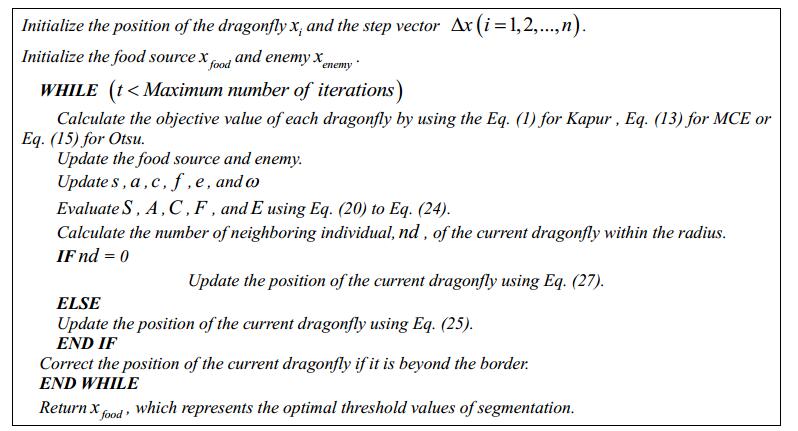









 DownLoad:
DownLoad:
